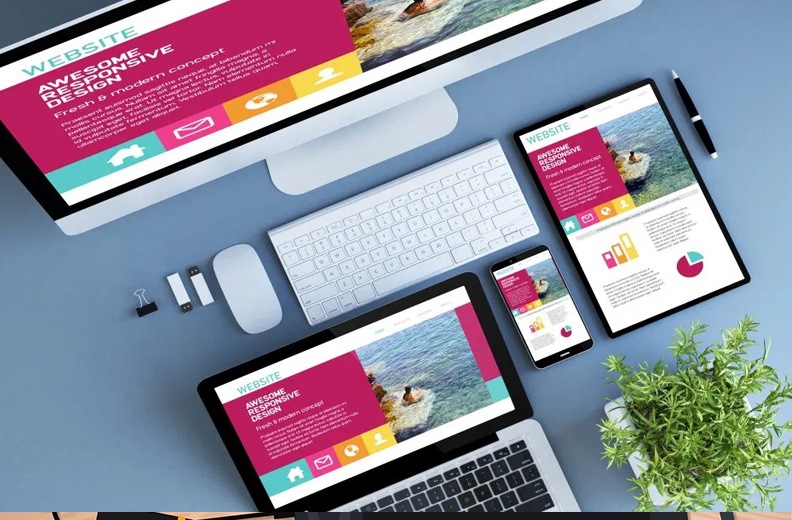- Have any questions?
- (Prasad) +91 96191 46851 | (Parag) +91 99878 20022
- support@pnpwebdesign.com
Mastering the Art of Designing Pages: A Comprehensive Guide

Mastering the Art of Designing Web: A Comprehensive Guide
March 12, 2024
Unveiling the Essence of Designing Website Design: Crafting Memorable Digital Experiences
March 12, 2024Mastering the Art of Designing Pages: A Comprehensive Guide

In the digital realm, the design of web pages plays a pivotal role in shaping user experiences and driving engagement. Crafting visually appealing and functional pages requires a blend of creativity, technical expertise, and an understanding of user behavior. In this guide, we delve into the intricacies of designing page, exploring best practices, innovative techniques, and actionable tips to elevate your web design game.
-
Understanding the Fundamentals of Designing Pages:
Designing pages involves creating layouts that are visually pleasing, easy to navigate, and optimized for user interaction. It encompasses elements such as typography, color schemes, imagery, and whitespace, all of which contribute to the overall aesthetic and usability of a page.
-
The Anatomy of a Well-Designed Page:
a. Header:

The header serves as the gateway to a website, often containing the logo, navigation menu, and key contact information. It sets the tone for the rest of the page and should be designed to be clear, concise, and easily accessible.
b. Content Area:
The content area is where the main message or information is presented. It should be structured in a way that guides the user’s attention and facilitates readability. Utilizing headings, subheadings, and bullet points can help organize content effectively.
c. Visual Elements:
Incorporating high-quality images, videos, and graphics can enhance the visual appeal of a page and convey information more effectively. It’s essential to choose visuals that align with the brand identity and resonate with the target audience.
d. Call-to-Action (CTA):
A well-designed page includes clear and compelling CTAs that prompt users to take desired actions, such as making a purchase, signing up for a newsletter, or contacting the company. CTAs should stand out visually and be strategically placed within the page layout.
-
Designing for Mobile Responsiveness:



With the increasing use of mobile devices, designing pages that are responsive across various screen sizes is imperative. Implementing responsive design principles ensures that the page adapts seamlessly to different devices and provides a consistent user experience.
-
Incorporating User Feedback and Testing:
Iterative design is key to refining and optimizing page layouts for maximum effectiveness. Soliciting user feedback through surveys, usability testing, and analytics helps identify pain points and areas for improvement. A/B testing different design elements can also provide valuable insights into what resonates most with users.
-
Conclusion: Designing Page
Designing pages is both an art and a science, requiring a deep understanding of design principles, user behavior, and technological constraints. By mastering the fundamentals, embracing creativity, and leveraging user-centric design approaches, you can create pages that captivate audiences, drive conversions, and elevate the overall digital experience. So, roll up your sleeves, unleash your creativity, and embark on the journey of designing pages that leave a lasting impression on your audience.





